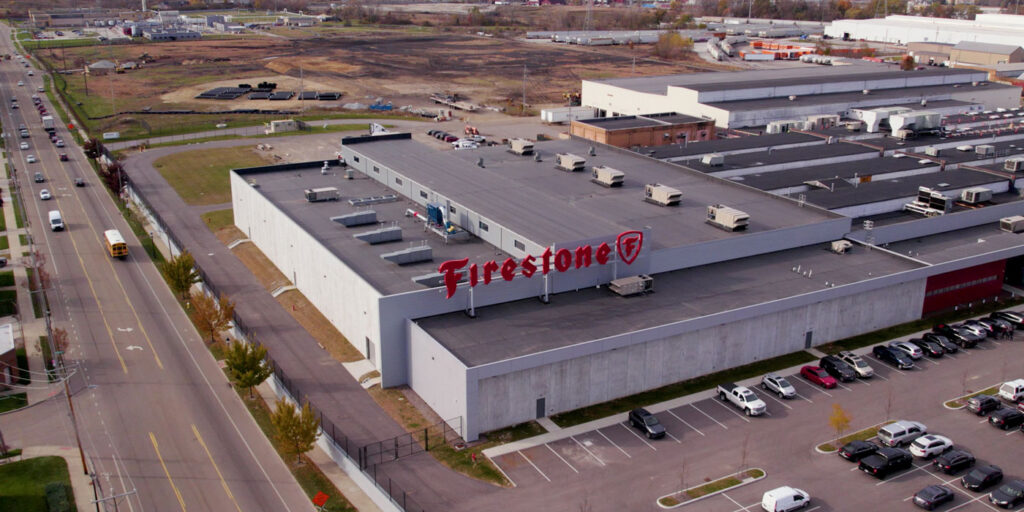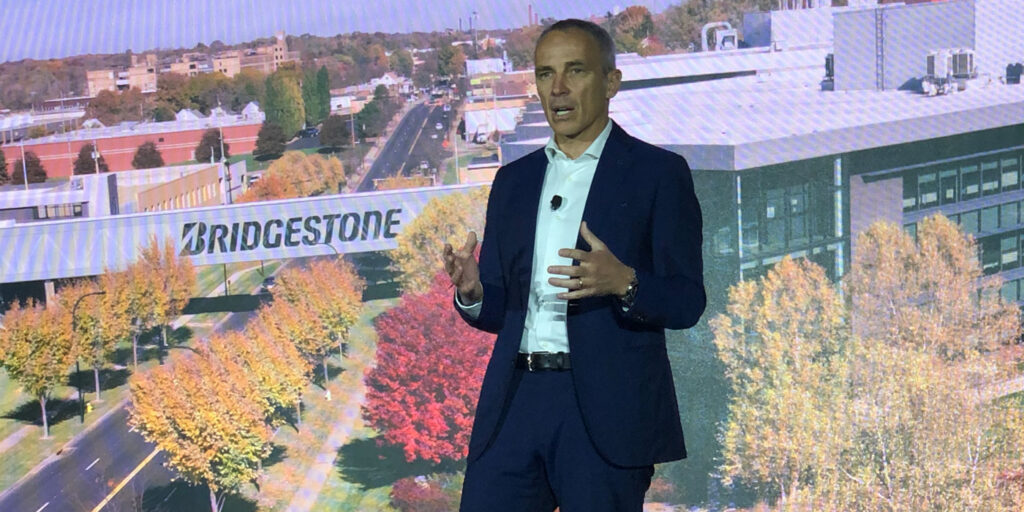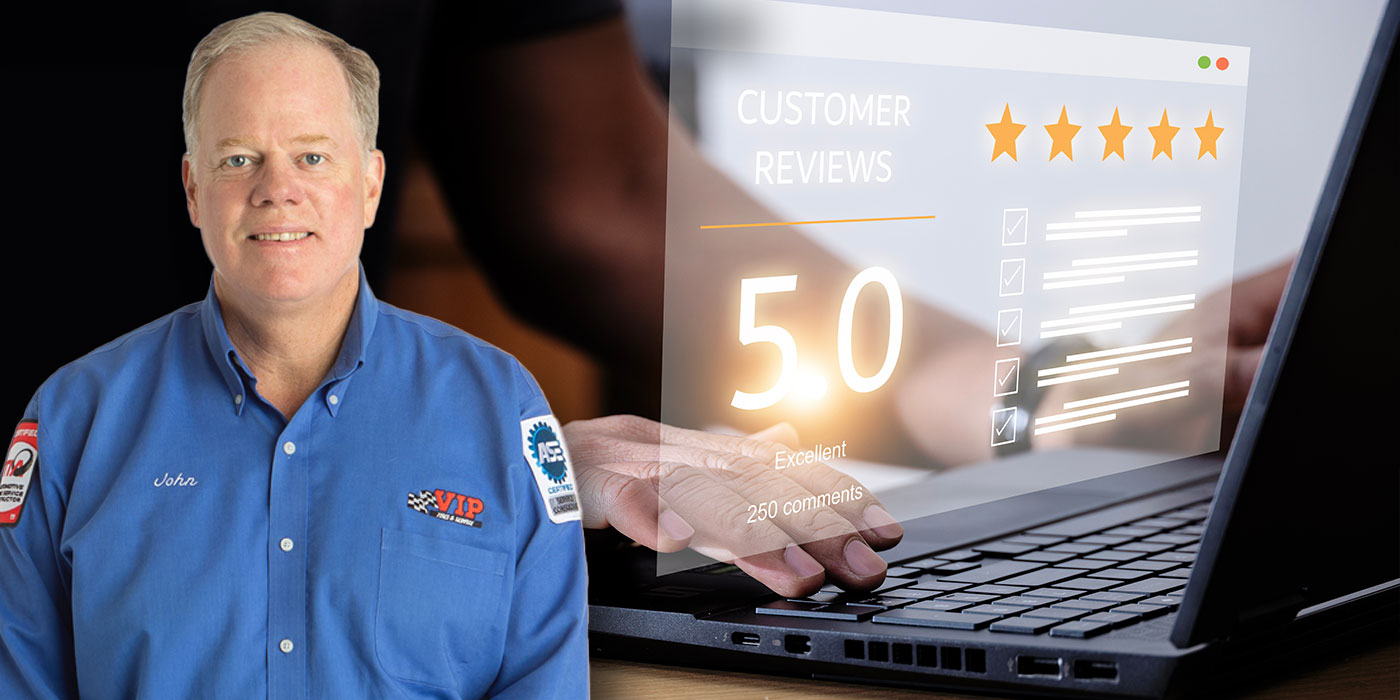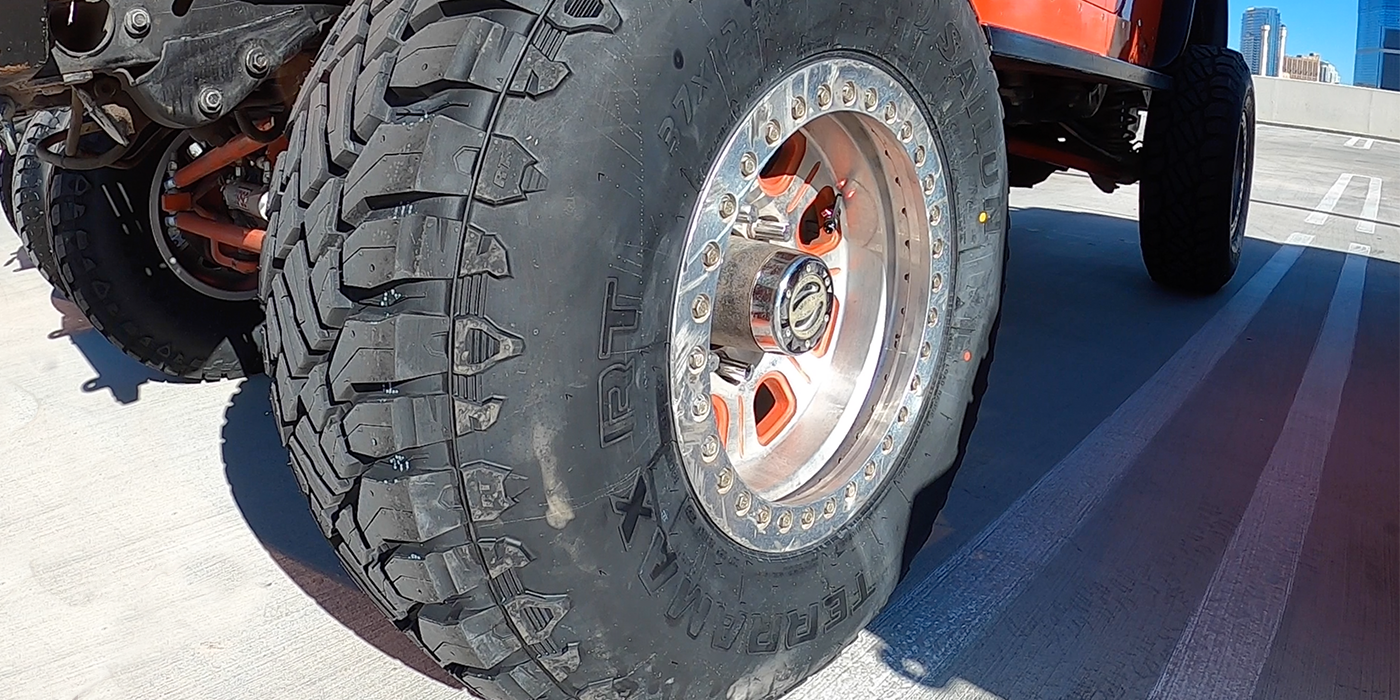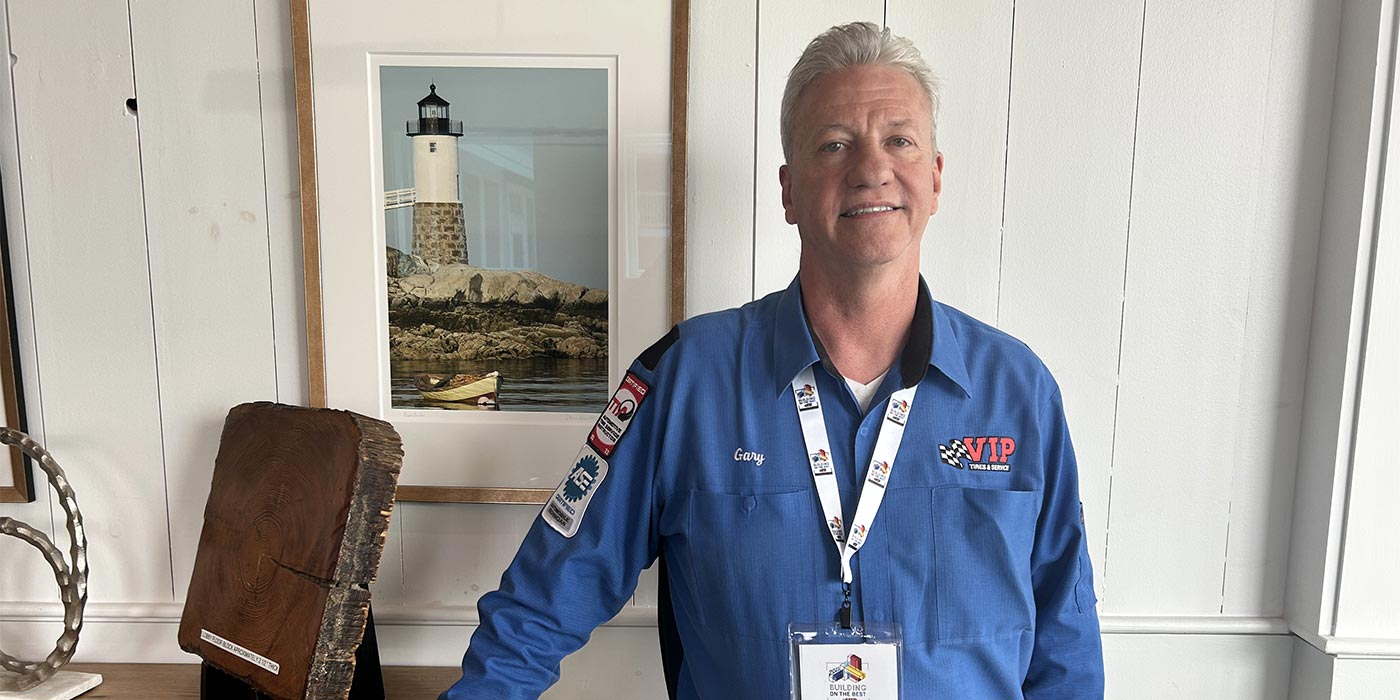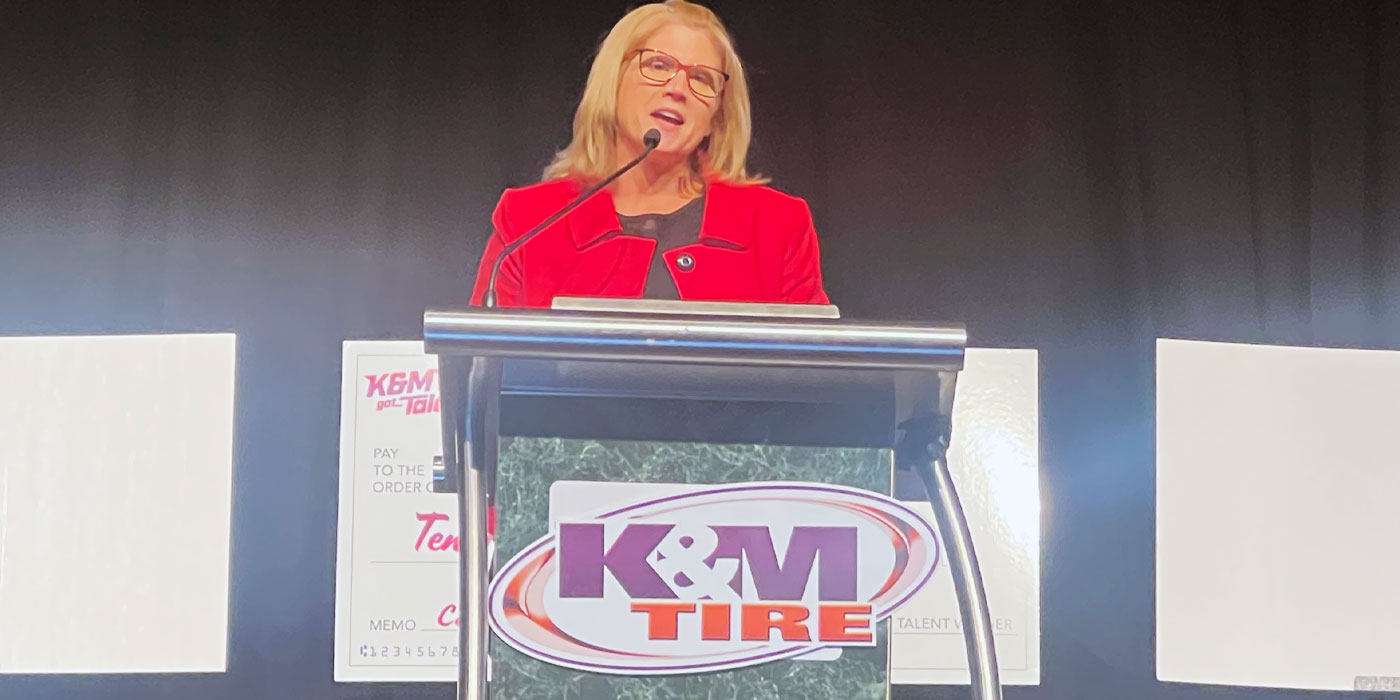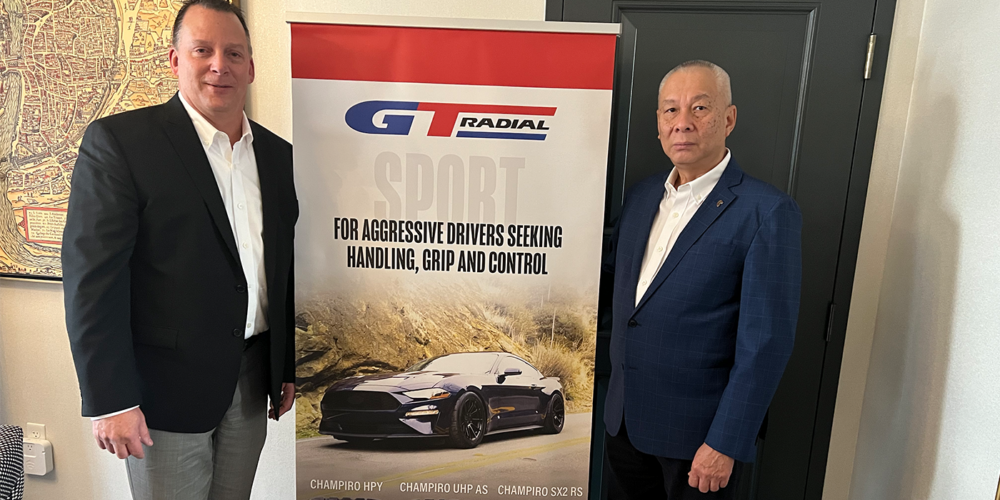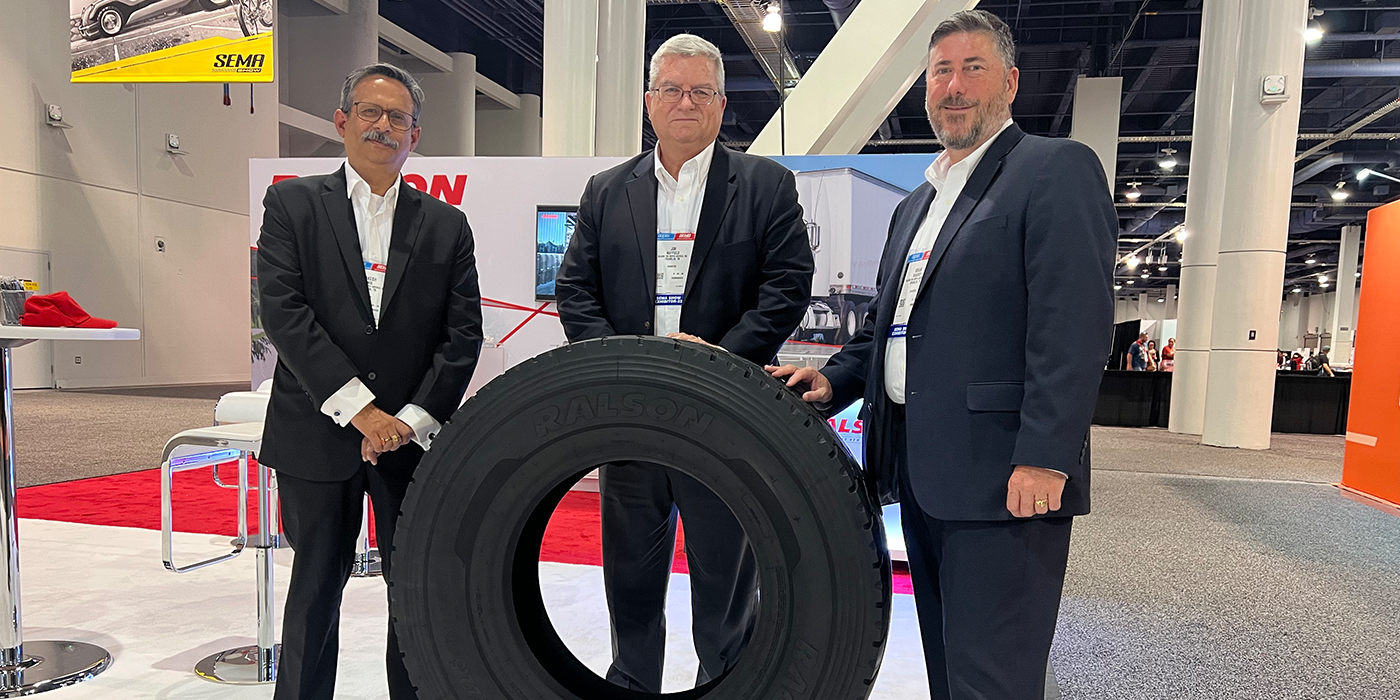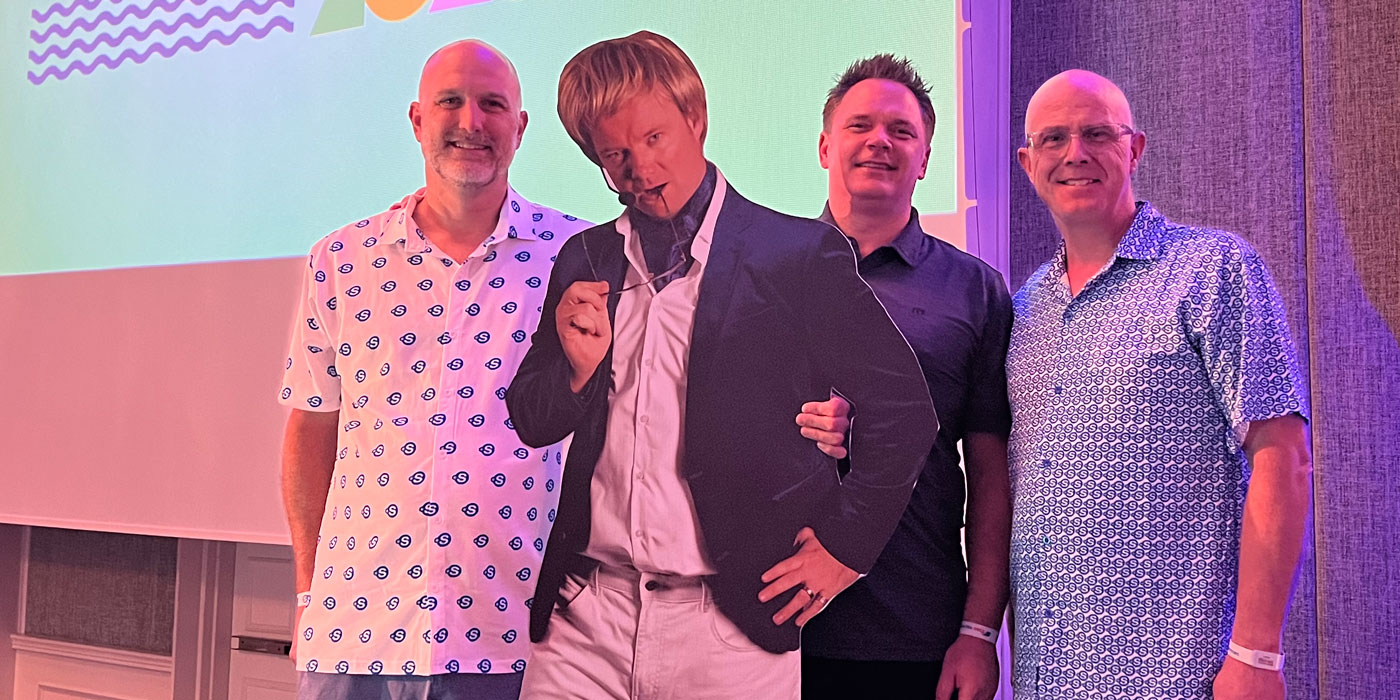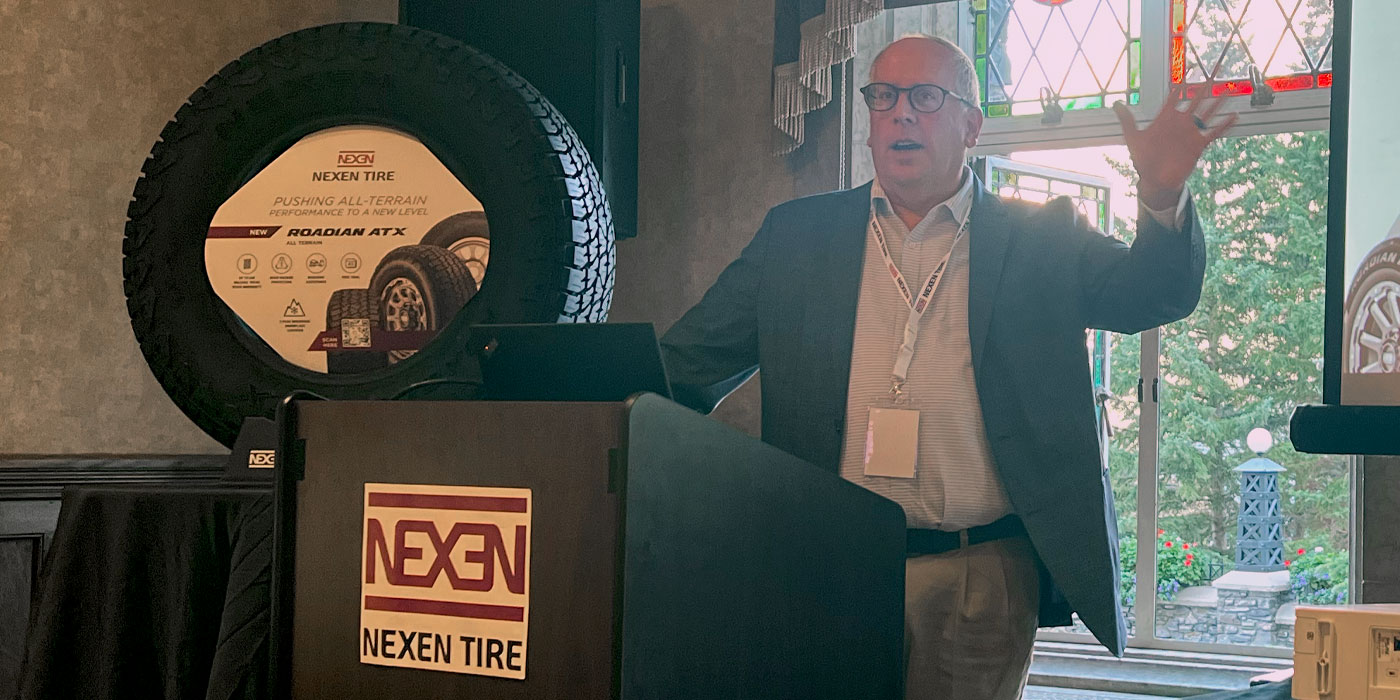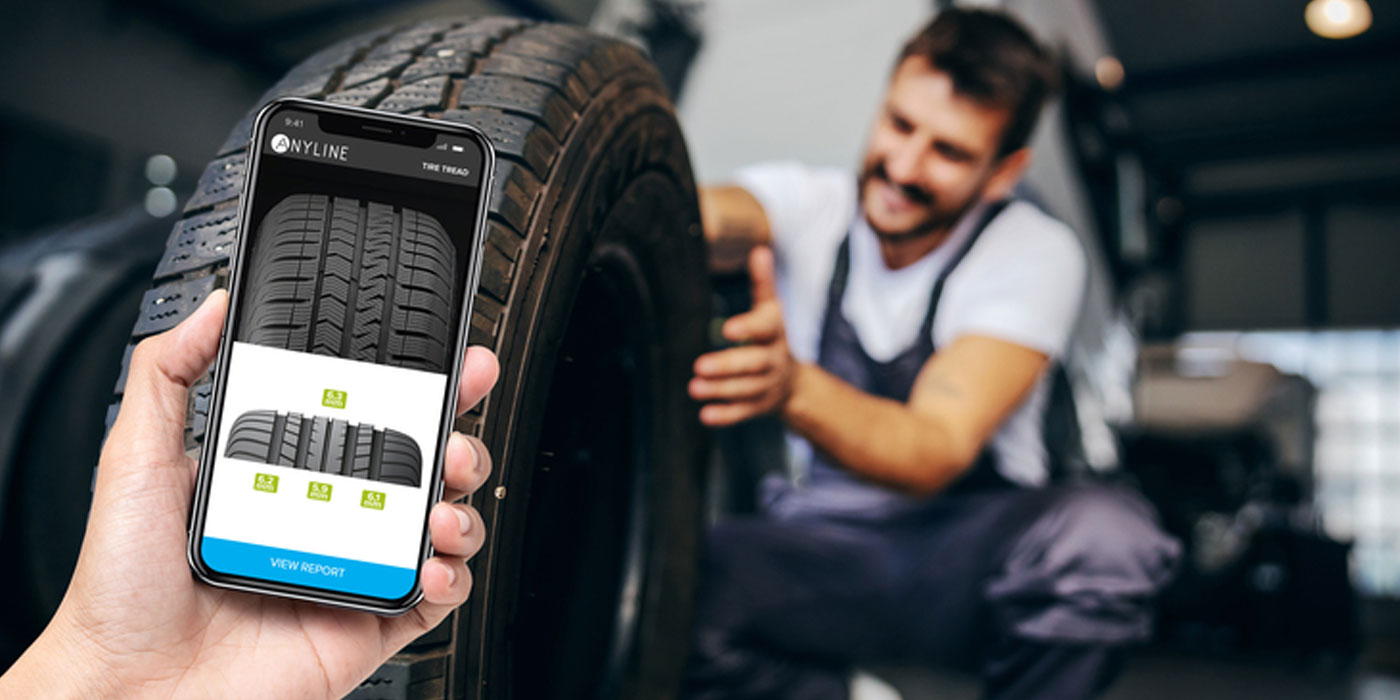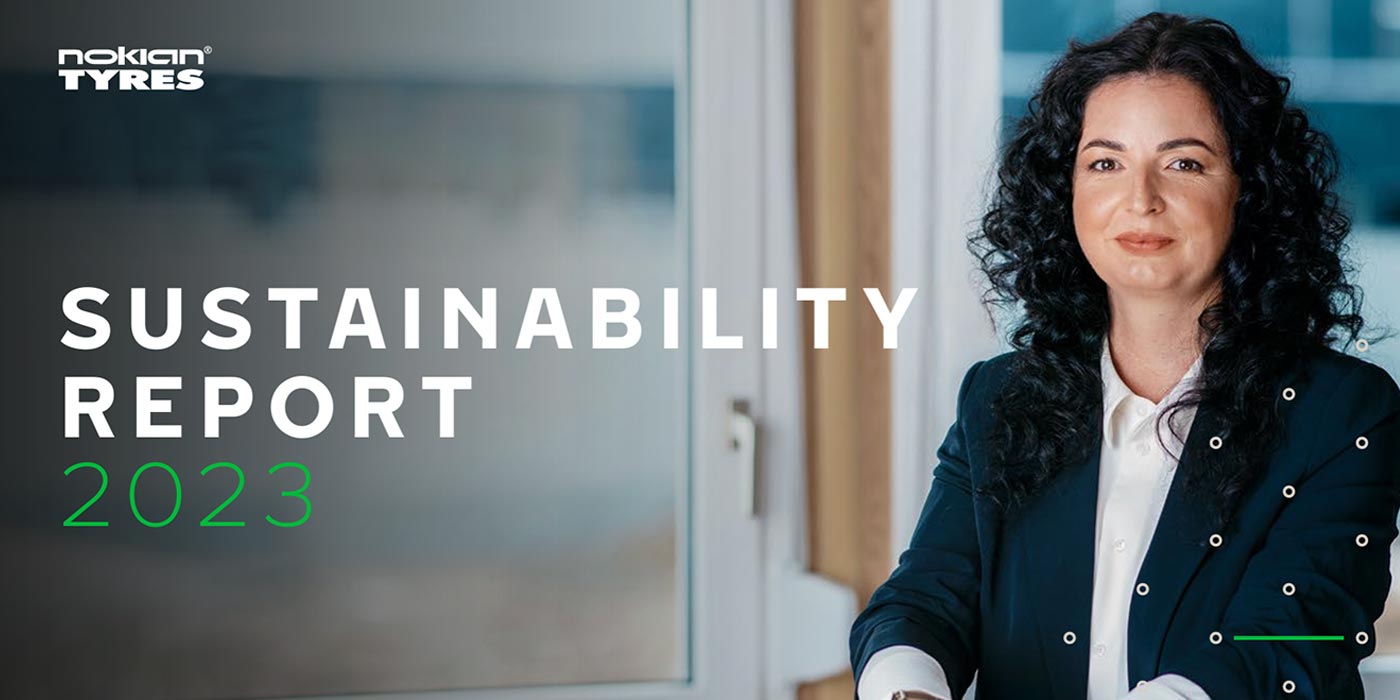Bridgestone is certainly no stranger to advancing sustainable tire manufacturing practices. Be it addressing end-of-life tire waste, investing in rubber alternatives like the Guayule plant or sourcing tire plant electricity from renewable energy sources like hydro, geothermal, solar and wind energy, Bridgestone has made sustainability-minded headlines in the past year with the goal to be completely carbon neutral by 2050.
So, it piqued my interest when the company announced the grand opening of its new race tire production facility (the Advanced Tire Production Center, or ATPC) in Akron, Ohio last week–a plant that is designed to nearly exclusively produce Firestone Firehawk race tires for the NTT Indycar Series.
A single Indycar team can go through upwards of 200 tires in a season, so I had to find out how Bridgestone executives like President and CEO of Bridgestone Americas Paolo Ferrari and Bridgestone’s Director, Race Tire Engineering and Manufacturing, Chief Engineer, Motorsports Cara Krstolic were going to explain how their new $21 million investment could possibly devote itself to sustainability.
They had a sustainability-minded answer for everything.
Every detail, from the lighting and insulation of the building itself to the production machines, was chosen for its energy-saving properties. Much of the equipment, for example, was specially designed to be as efficient as possible and is unique to this particular plant.
For another sustainable detail, turn to those hundreds of used racing tires that Indycar teams are running through every year. Instead of taking a trip to the local scrap heap, they are sent to a facility in Indianapolis to be used as an alternative fuel to power the city (the same goes for racing tires that don’t pass Bridgestone’s final inspection process).
Read on to discover some of the unique ways Bridgestone is going green in the ATPC, how these practices might translate to other plants, and even how what they learn regarding race tire development can apply to passenger tires.
What considerations need to be made to make the ATPC as sustainable as possible?
Ferrari: First of all, this is one way for us to begin to think even greener when it comes to sustainability. Of course, it’s going to be easier to do in a relatively small factory compared to a massive [facility like] we have around the world and in the U.S., but I think motorsport is a fantastic way for us to just push the envelope across the board on our E8 initiative.
The energy in this facility is a lot more sustainable than the previous [1 million sq.-ft.] one. It’s going to consume less than 60% of the energy that was consumed before, thanks to a much more optimized footprint, thanks to LED lighting, thanks to much better insulation. What we do now is really going to shape how we earn the trust of future generations.
Krstolic: We’re putting emphasis on making sure we are a sustainable manufacturer. Bridgestone has the goal to be completely carbon zero and offer a completely sustainable tire by 2050. Here, it meant taking our square footage down from a million square feet [available in the original building built in 1910] to 80,000 to 85,000 sq. ft. We’re working all of our processes much more efficiently. We went from two boilers to just one and made improvements in curing and other manufacturing processes.
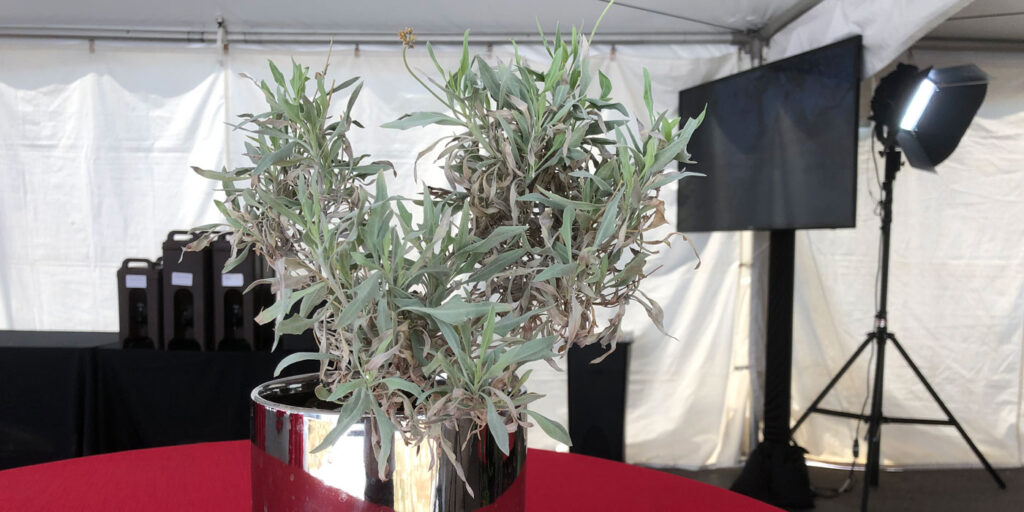
How might the production of tires at the ATPC influence sustainability or efficiency initiatives in other existing Bridgestone production facilities?
Krstolic: When I joined the racing department, we always talked about the technology transfer from racing tires to passenger tires, and we would talk about how there are some fundamental building blocks that we use, some of the chemicals, and some of the processes like virtual testing. Now, we’re starting to see more things that are used in racing for the first time that are going to make way over to passenger tires like our mixing technologies. One we’re really excited about is the Guayule tire–it’s a 100% direct replacement for the rubber trees in Southeast Asia. It’s a crop that can be grown in lots of areas of the Southwestern United States; the stuff that we use is grown in Arizona.
Speaking of passenger tires, how might your consumer tire lines be affected by the work being done here?
Ferrari: I’ve learned over the last few years how complicated [tires] are, how much technology plays a role and how big a difference they make in the actual vehicle’s performance. Whether it’s a race car or whether it’s a Class 8 truck, uptime, safety and extended mobility are huge to the sustainability journey of fleets and also the total cost of ownership.
Krstolic: Here we can trial things that we want to do in passenger tires. The advantage for us here is that our builds are so small. We build the same amount of tires in a year here that one of our other passenger tire plants would build in a day.
That gives us some advantages in the fact that we have much smaller builds and we have much lower requirements for material. If we want a trial something in racing, our overall volume is low enough that we can take advantage of some of these very small runs. If we’re looking at a more sustainable monomer or sustainable rubber, we can do that in racing and it can have a really big impact because the number of tires overall is pretty small.
Ferrari: Of course, in motorsports, we can stretch the compound property of the tires and stretch the way they will perform in the regular street. We can do that with our Indycar tires and then translate that into our consumer tires.
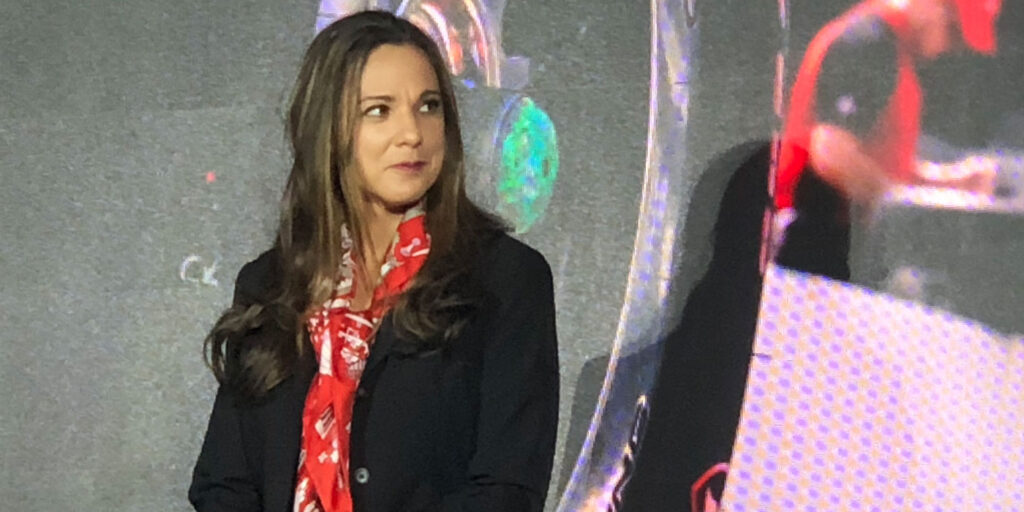
You’ve mentioned it was important that this facility be built in Akron. Why is that?
Krstolic: When the team and I sat down initially and looked at our options, in terms of our budget, we didn’t want to build a brand new building. We’re trying to do a lot for the Akron community, so it didn’t make sense for us to build something elsewhere. But we had this building sitting vacant, so we gutted the entire thing.
Ferrari: Realizing our history was super important. We like the idea of building with our history. Talking about Akron and our community here, the relationship is amazing. Being present in this community for more than 120 years and bringing in engineers, material scientists … this is at the heart of what we do when it comes to our tires. Tire technology, mobility solutions, digitalization, it’s all coming together here. I love to come here, personally, at least once every other month to look at the roadmap for what’s ahead of us.
Krstolic: When you see that wonderful Firestone sign out there, there was doubt about what was going to happen to it if something happened to the building. How were we going to redeem this iconic sign in Akron? I grew up here, so driving up [Interstate] 76 and seeing that sign was amazing to me. To see that sign now with that energy-efficient LED lighting … the old neon lighting was pretty cool, but it’s not quite as energy-efficient, so we’re really excited to have that up there.
Do you have any thoughts on how else the ATPC could be used in the future?
Krstolic: When we were building it, we had to mind the fact that we may end up in other racing series as well, which is now true with Indy Lights Series we’ll be taking part in in 2023. We had areas to put other tire assembly machines built into the plans. We are able to mirror the entire plan. If we end up with the racing series or more tire production, we’ll be able to take advantage of that.

